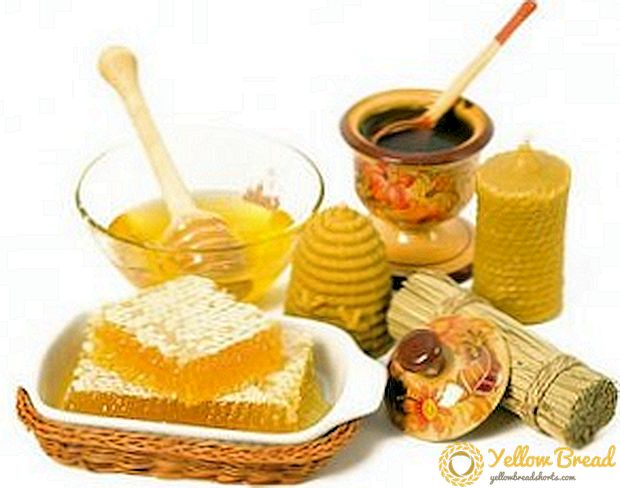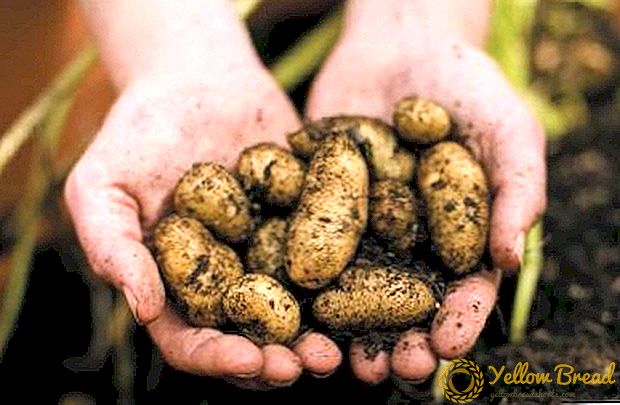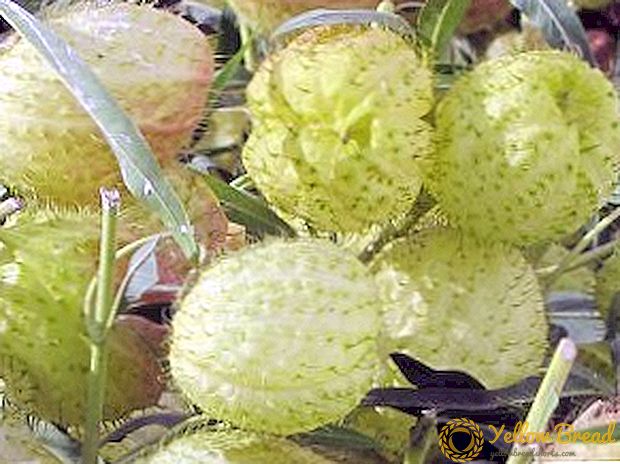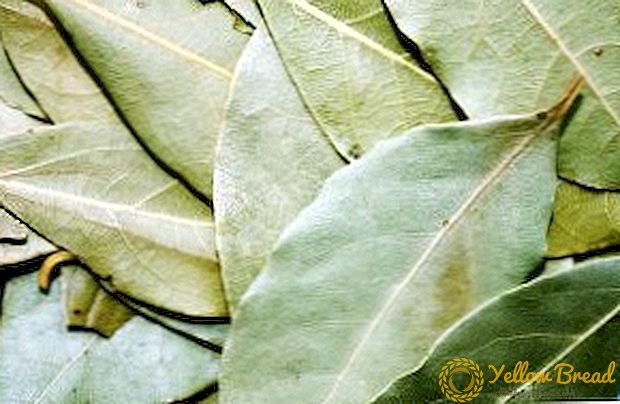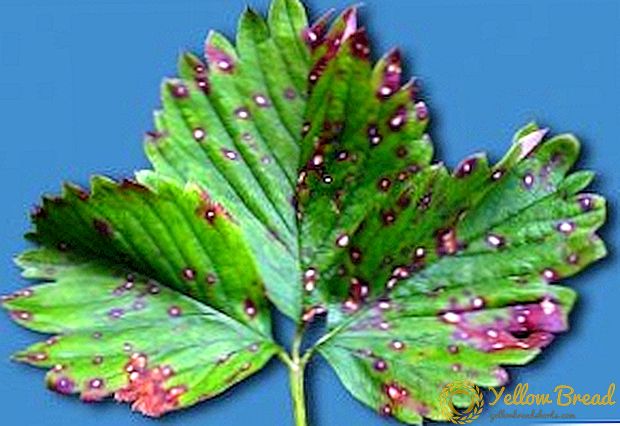 Eggplant belongs to the family Solanaceae. Due to the large number of beneficial micronutrients and vitamins is one of the components of a proper diet. First was cultivated in Southeast Asia, therefore prefers subtropical and tropical climate. In other climatic conditions, it is also grown, but greenhouses are used, and planting is carried out by seedling.
Eggplant belongs to the family Solanaceae. Due to the large number of beneficial micronutrients and vitamins is one of the components of a proper diet. First was cultivated in Southeast Asia, therefore prefers subtropical and tropical climate. In other climatic conditions, it is also grown, but greenhouses are used, and planting is carried out by seedling.
- We fight with spider mite
- Aphids control measures
- Scoops
- How to deal with whiteflies
- Ways to fight with the Colorado potato beetle
Caring for eggplants requires special effort and attention, they are considered to be fastidious plants, and it is not so easy for a beginner gardener to cope with their growing. Many pests are not averse to eat the plant and spoil the crop. Important be able to recognize an insect in time and take measures to combat it.
We fight with spider mite
A common pest of Solanaceae is a spider mite. It cannot be viewed with the naked eye.and the effects of his presence are immediately visible - ticks are very voracious. Tying the lower surface of the leaf with a small web (looks like a "marble drawing"), the tick pierces it and feeds on life-giving juice. The bush of the plant looks as if it is being constantly injected (many holes appear on the leaves and the trunk).
If you do not pay attention to it in time, then the trunk is covered with spots, and the leaves curl into a tube. The reproductive function of spider mites is very high, a new generation appears every 2-3 weeks. In case of late response to this pest, you can lose the entire crop.
Use of chemicals includes insectoacaricides and acaricides. Observing the instructions, a preparation solution is prepared for the preparations, which are sprayed with the plants. Greenhouses are fumigated by burning chemicals. Around the plant is treated with soil.
These methods can be applied not only separately, but also by combining them.

Agrotechnical methods create an unfavorable environment for the existence of a tick: increase air humidity and increase foliar irrigation; planted plants that scare ticks; destroy weeds; process the soil.
There are many folk remedies. to fight and scare spider mites, but not all of them are effective. Various infusions and broths with which eggplant seedlings are sprayed belong to them. As soon as you notice that pests appeared in your eggplants in the form of a spider mite, immediately start a fight with them. To reduce the number of insects, remove and burn all the weeds.
Damaged shoots and leaves should also be torn off and burned.Decide on the method of control and proceed to the destruction of the pest. After a few days, inspect the seedlings and make sure that the tool you have chosen has helped. If a spider web or new points appear again, it means that the selected drug is ineffective, and it should be replaced by other types of struggle. To surely get rid of the insect population, the treatment is carried out repeatedly. And after complete destruction of the pest, monitor the appearance of the seedlings and carry out prophylaxis to prevent new invasions. Prevention includes agrotechnical methods of insect control.
Aphids control measures
Aphids, like spider mites, suck the sap of plants. Although outwardly it looks harmless, it can bring huge damage to the crop. Her life activity takes place on the leaves, stalk and flowers of crops. Aphids do not feed on fruits, but are one of the most dangerous pests on eggplant seedlings. The tissues of the plant affected by aphids are deformed and dry up. Deformation occurs due to toxins, which the insect emits when sucking the life-giving juice. This pest covers the leaves with a padju (sugary discharge), which is a favorable environment for soot fungus. Also aphid carries all possible bacteria.
Plants affected by aphids slow down their growth; complete drying of young growths can occur. It can destroy the whole planting of seedlings. It is necessary to completely destroy this pest, because, having absorbed one planting, the aphid may hide and appear during the next planting seasons.

The fight against aphids must be complex, otherwise the destruction may be ineffective. Immediately begin to apply chemical exposure to insecticides that quickly decompose. Such substances do not linger and do not accumulate in the plant. Such drugs include: Karbofos, Aktellik, Detsis Profi, Aktara. When using these drugs strictly follow the instructions, for each of them has its own scheme of application. Also take care of personal protection, skin and mucous membranes are sensitive to pesticides. Use gloves, goggles or a mask. Work with poisons spend in dry weather.

Folk remedies are used if the defeat of aphids occurred during the flowering or fruiting. Several ways to fight:
- In a ten-liter bucket, mix the tops of potatoes, tomato, celandine, garlic and kabak in a ratio of 1: 1, 1 cup of liquid soap and 400 g of wood ash. All this mix and leave in a dark place for three days. Stir periodically. Strain the mixture, use once a week.
- In a 10-liter bucket, mix 50 g of chilli pepper and 50 g of tobacco ash in warm water. Insist for 2-3 days, and then add soap 3 tablespoons and 200 g of wood ash. After filtering use 1 time in 2 weeks.
- Boil wormwood and tansy (1 kg each) in 2 liters of water. Strained broth diluted to 10 liters and add 5 spoons of soap.
- Soak a kilogram of dried yarrow in 2 liters of boiling water, strain, dilute in 10 liters of water and add 5 spoons of soap.

For the fight and prevention of aphids will help plants that it can not tolerate, and insects that devour it. With eggplants you can plant fennel, onion, coriander, mint, garlic. The aromas of these plants scare away insects. Insects that feed on aphids - ladybug, ground beetle, predatory mites and bedbugs. But it is worth remembering that some of them can destroy other crops grown by you.
Scoops
Primary damage is caused during the disembarkation of eggplant seedlings. Larvae, wintering in the ground, with warming climbs to the surface. Able to gnaw the trunk of a young plant, as well as feed on fruits. Appear on open ground and in the greenhouse. For two whole months, they feed on agricultural crops, and then pupate.
In one season, they are able to lay more than 2,000 eggs. The most dangerous are the scoops that survived the winter. The appeared larvae are destroyed by chemical solutions "Inta-vir", "Karbofos", "Kinmiks". Prevention consists in loosening the soil after watering and removing weeds.
How to deal with whiteflies
During the season, the whitefly gives more than 15 generations. Its appearance is characteristic of closed ground, where there is high humidity combined with high temperature. Favorite places - greenhouses and greenhouses. Insects suck eggplant juice. Located on the back of the sheet, and on the surface of the bottom sheet there is a whitish coating (whitefly litter), on which the fungus develops. It is believed that the soot fungus causes more damage to the seedlings.
The methods of control are similar to the destruction of aphids; chemical agents are considered effective: “Actellic” - no more than 4 treatments, following the instructions. "Confidor" - one-time use. "Pegasus" - 2 times with an interval of a week.
The biological method of control is replanting enkarzii. The female lays eggs in the body of the whitefly, and this is a very effective method. Macrolofus bug bedding is also used. Popular methods: lowering the temperature in the greenhouse, glue traps, infusion of garlic. Prevention: sufficient ventilation, moisture-temperature regimes, planting scheme of eggplant, plant nutrition. The whitefly's natural enemy is the ladybug.
Ways to fight with the Colorado potato beetle
These insects are moved from the tops of potatoes to seedlings and adult plant eggplant. Its leaves are eaten and the larvae lay, which also feed on the sap and pulp of the leaves of the plant.
To protect seedlings from the Colorado potato beetle, it is fenced with special fences. If the beetle settled on eggplant, but has not yet laid aside the larvae, it can be harvested by hand. When larvae appear, chemical treatment is used: Calypso, Prestige and other insecticides from the Colorado potato beetle.
If in the process of growing eggplant you are faced with an insect attack, do not despair.First, determine who you are dealing with in order to know how to treat eggplant seedlings and from which pests. Timely treatment of seedlings will provide an opportunity to grow a rich and tasty harvest.


